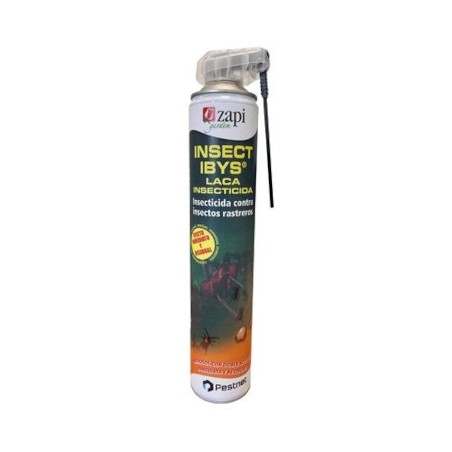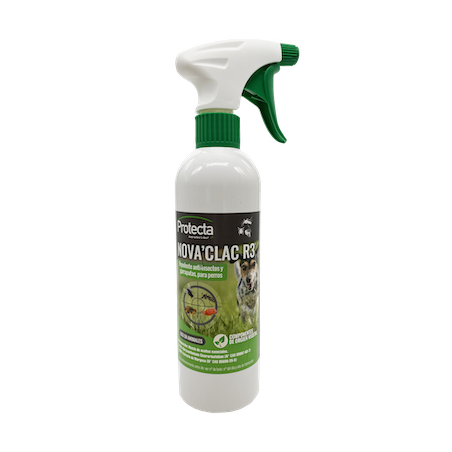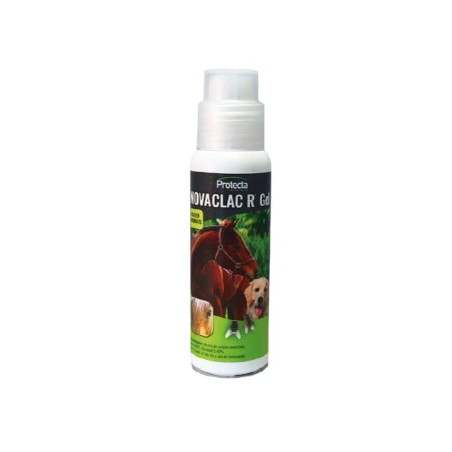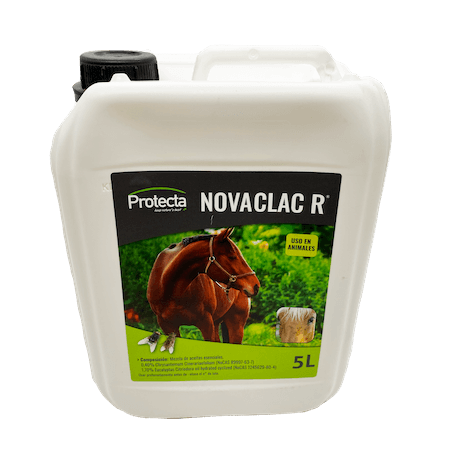A scientific team at the CSIC’s Instituto de Recursos Naturales y Agrobiología de Salamanca (IRNASA) has developed a method to detect the soft tick Ornithodoros moubata, which transmit the African swine fever to pigs. The development has been made possible with the antigen TSGP1, isolated from the tick saliva by the same scientists.
O. moubata bites mostly African warthogs, domestic pigs and, if it is present in houses, people.When the tick bites, it injects into the animal a complex mixture of proteins from its saliva. Because the animal organism identifies the tick proteins as foreign substances, the immune system responds with antibodies against them. These antibodies remain in the blood at detectable levels for as long as 3 months, maybe more, and this gives enough time to plan a strategy of diagnosis and prevention.

The method developed by scientists is based on the detection of antibodies to the TSGP1 protein. It could help to localize the tick populations and, especially, to obtain a risk map of African swine fever.
O. moubata is widely present in the Center, South and East of Africa, and in Madagascar, but nobody knows the detailed geographical distribution.In Spain, the reservoir and vector of African swine fever is another soft tick, Ornithodoros erraticus. This disease caused substantial damages between the 60’s and 80’s, and was eradicated in the 90’s after a control and prevention plan. Then, for localizing the infested farms by O.erraticus, scientists used an extract of antigens from the salivary glands of the tick. Since then, scientists have used the O.erraticus extract to identify another tick, Ornithodoros sonrai, which is very similar and causes African swine fever in West Africa. They did it, for instance, in 2009 in Senegal during a study that will be published soon. These two ticks are phylogenetically so similar that we could use the saliva extract from O. erraticus to detect antibodies against O. sonrai. This type of 'cross detection' is less specific, because it detects the antibodies against all the antigens within the tick saliva extract, therefore false positives can occur. Still, it is a useful strategy when ticks have similar antigens.
Despite appearances, tick saliva is a valuable source of substances with pharmacological applications. Otherwise, ticks couldn’t survive. When the tick bites, the host's body triggers a defence response (inflammatory, immunological and haemostatic) to prevent loss of blood and infections. Therefore, the tick has to neutralize these responses if it wants to feed. The tick has in its saliva anti-inflammatory, immunosuppressive and anti-haemostatic molecules, and injects the host with them in order to feed and to be undetected. Scientists are developing a proteomic and genomic study to identify these molecules with pharmacological interest. Also, if they find out how the tick neutralizes the host’s immune responses, it might be possible to develop vaccines against the ticks.
CSIC/ Spain.
http://www2.dicat.csic.es







